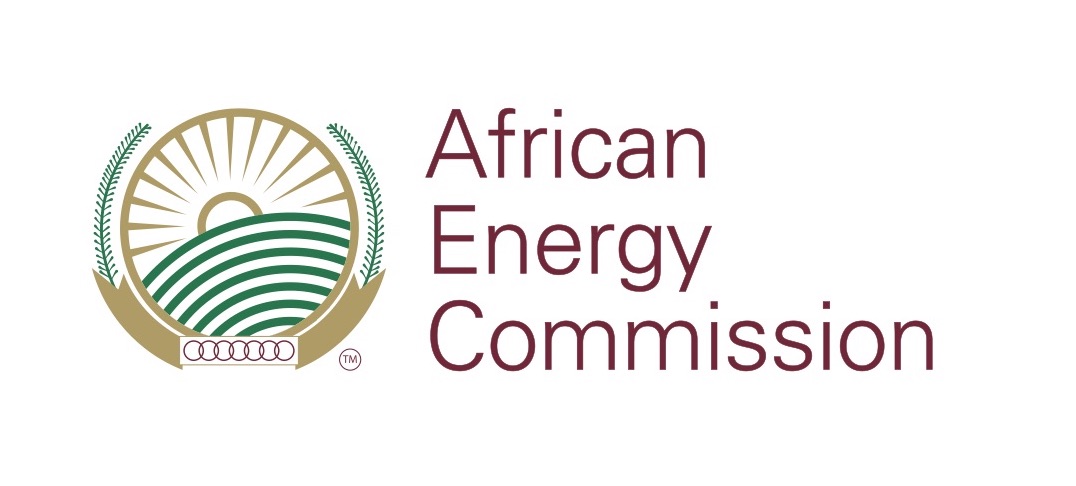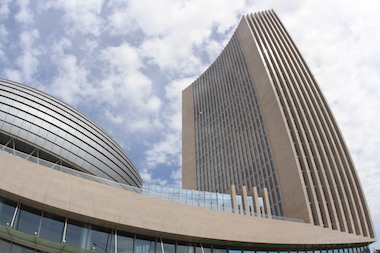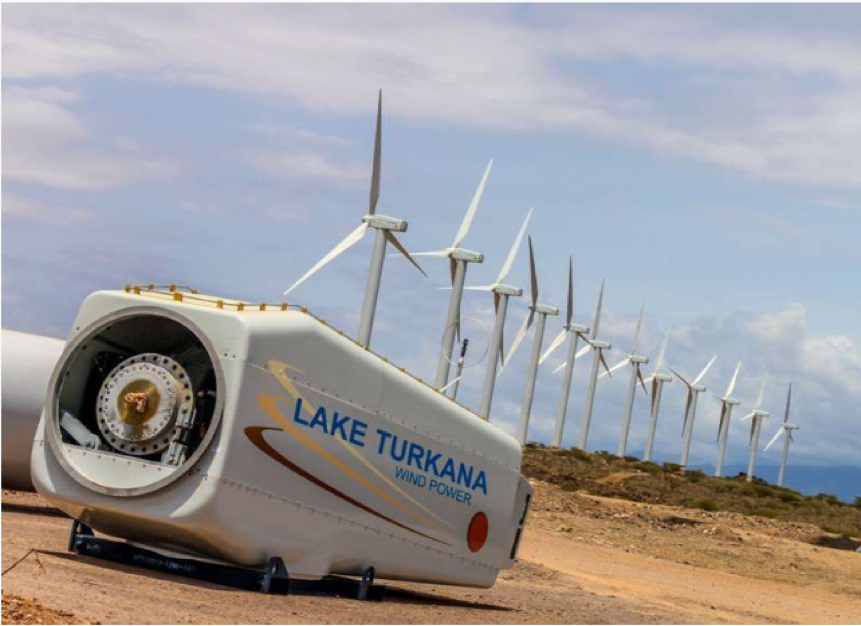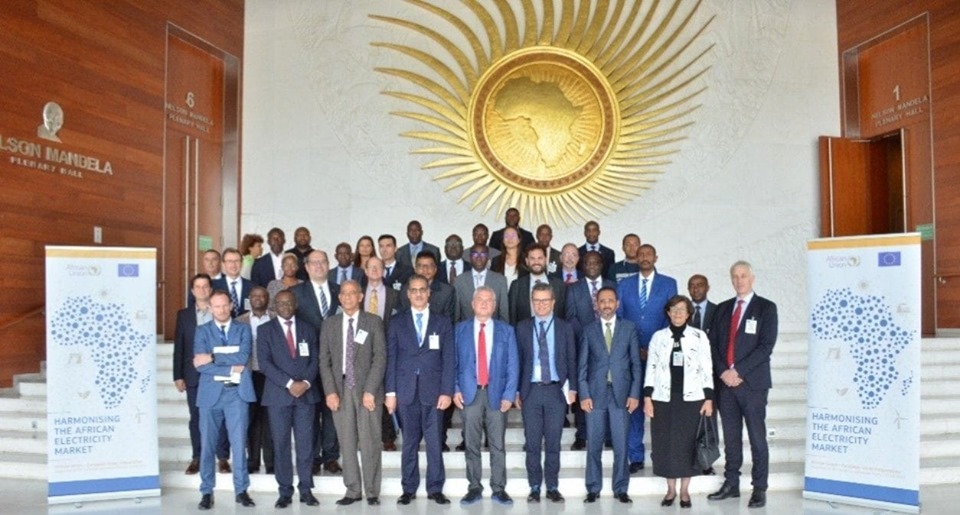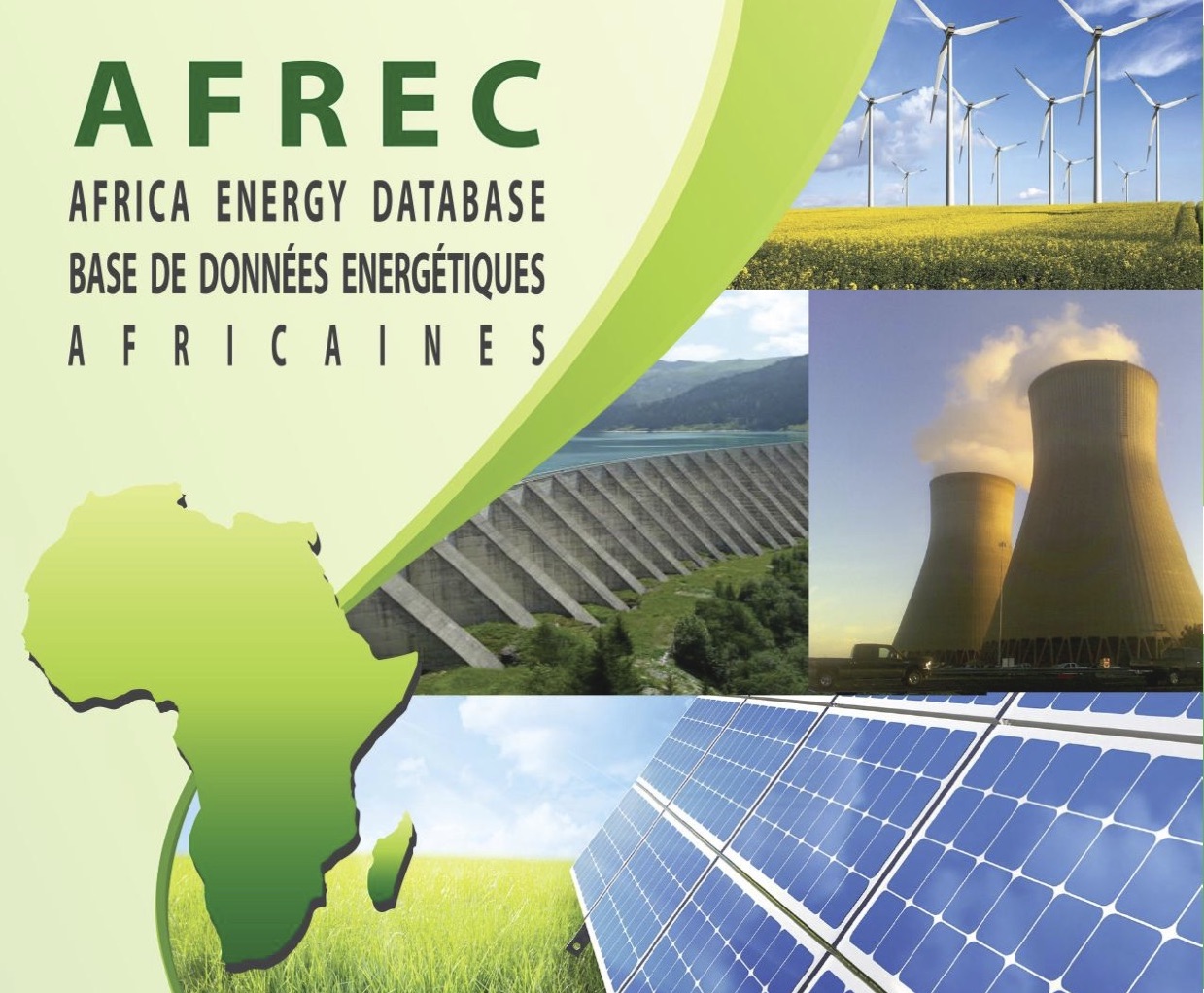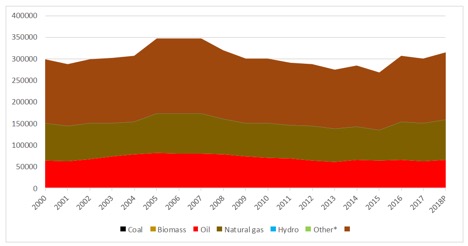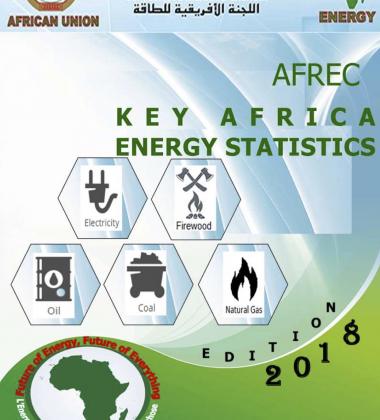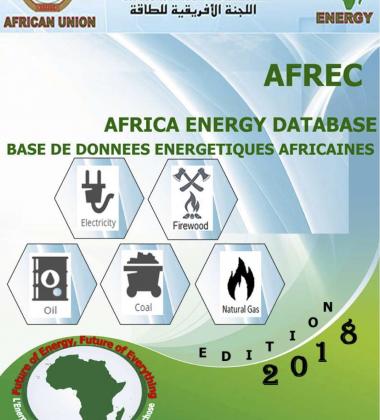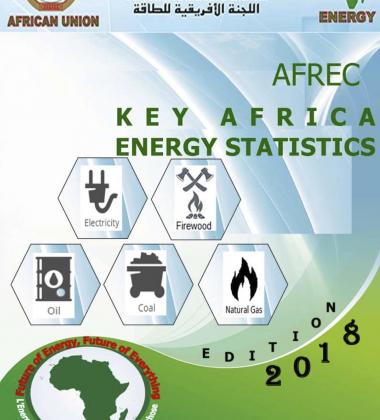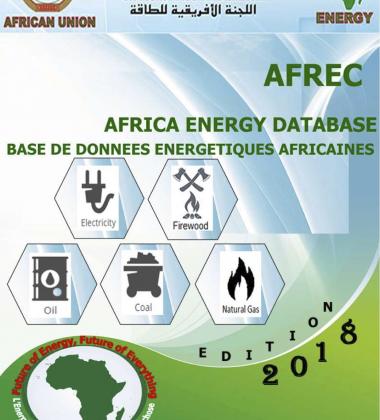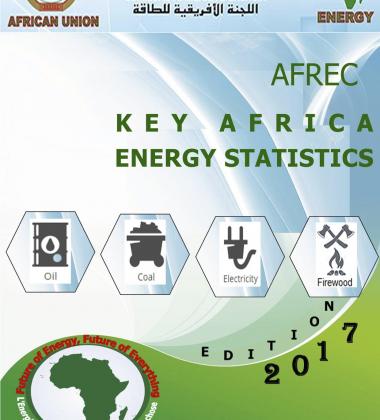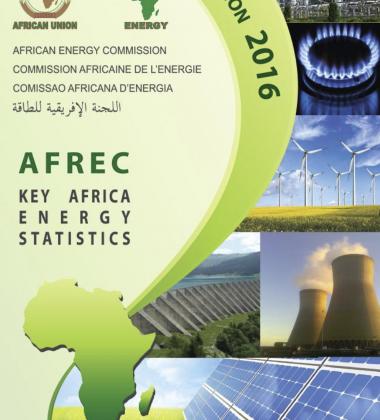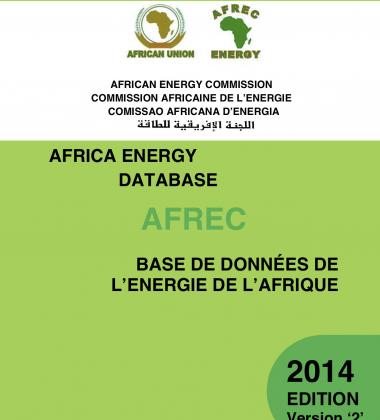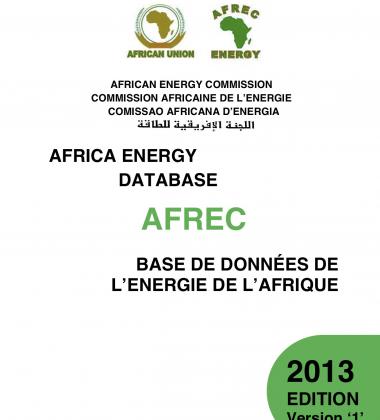African Energy
Access to energy is an essential component of economic and social development. It enables individual development through improving household, educational and sanitary conditions, and the development of economic activity through the mechanization and modernization of communications.
Africa is endowed with a considerable potential of fossil and renewable energy but it suffers from severe energy deficit. The continent’s energy resources are under-utilized or exported in crude forms or even wasted. As a result, the available supply is wanting and energy consumption is widely dominated by biomass, with the exception of a few countries.
During the preparation of the Lagos Plan of Action for Africa’s development 1980- 2000, the highly preoccupying energy situation of Africa has been highlighted by the following considerations:
- The absence in most countries of a short, medium and long-term energy policy;
- Energy activities are not enough mainstreamed to overall national development endeavors;
- The need to assess comprehensively all energy resources, their potential, possibilities of development and use of energy requirements, including appropriate equipment;
- The need to initiate joint actions by African countries to develop and harness Africa’s available resources.
This requires prior initiation and development of energy cooperation at the sub-regional and regional levels. More than 30 years after the adoption of the Lagos Plan of Action, the energy situation on the continent is hardly cheerful and access to modern energy services is still quite low.
Energy consumption per capita is indeed very low in Africa, with an average of 0,5 toe per capita against a global average of 1,2. Energy consumption is also characterized by limited resort to electricity. According to the International Energy Agency (IEA), Africa’s electrification rate in 2008 attained 66 % of which 23 % in rural areas, and about 600 million people had no access to electricity. There are indeed disparities among countries, many of which have very low electrification rates.
In 2011, Africa’s population reached 1, 044 billion, which implies growing needs in energy consumption due to its demographic dynamism and the legitimate aspiration of Africans to well-being and economic development. In many countries, energy has been recognized as an essential tool to combat poverty.
RECs, Power Pools and the African Union Commission (AUC) have placed energy high on their agenda. Reforms have hence been initiated in the electricity sector which has been opened to the private sector. Power Pools have launched regional interconnection projects and power generation plants. Aware of Africa’s weaknesses, the AUC has launched the Programme for Infrastructure Development in Africa (PIDA) which includes the sector of energy. It has equally carried out programs for the development of hydro, geothermal and solar resources. Besides the AUC, NEPAD deals with an important energy chapter in view of promoting regional energy integration in Africa.
Likewise, development partners have undertaken energy-related initiatives that can help Africa to overcome its energy under-development. These include: EU energy facilities, GEF’s Clean Development Mechanism projects, Energizing Africa and Desertec…. The AFREC Convention mandates the Secretariat to map out energy policies, strategies and development plans on the basis of sub-regional, regional and continental development priorities, and recommends their implementation (Article 4- a).
AFREC provides the secretariat of CEMA (Conference of Energy Ministers of Africa), which coordinates policies and strategies in the field of electric power in Africa (decision of African Ministers in March 2006).
Key Resources
- August 16, 2019
- August 20, 2018
- August 20, 2018
-
August 20, 2018
The AFREC Africa Energy Statistics is a comprehensive collection of statistical data based on production, consumption, imports and exports of energy resources of the African countries.
- August 01, 2018
- August 01, 2018
- August 01, 2018
- April 01, 2018
- September 01, 2017
- August 20, 2017
- August 20, 2017
- April 01, 2017
- August 20, 2016
- August 20, 2016
- June 01, 2016
- August 20, 2015
- August 20, 2015
- June 01, 2015
- August 20, 2014
- August 20, 2014
- August 20, 2013
- August 20, 2013
- June 01, 2013
- August 20, 2012








